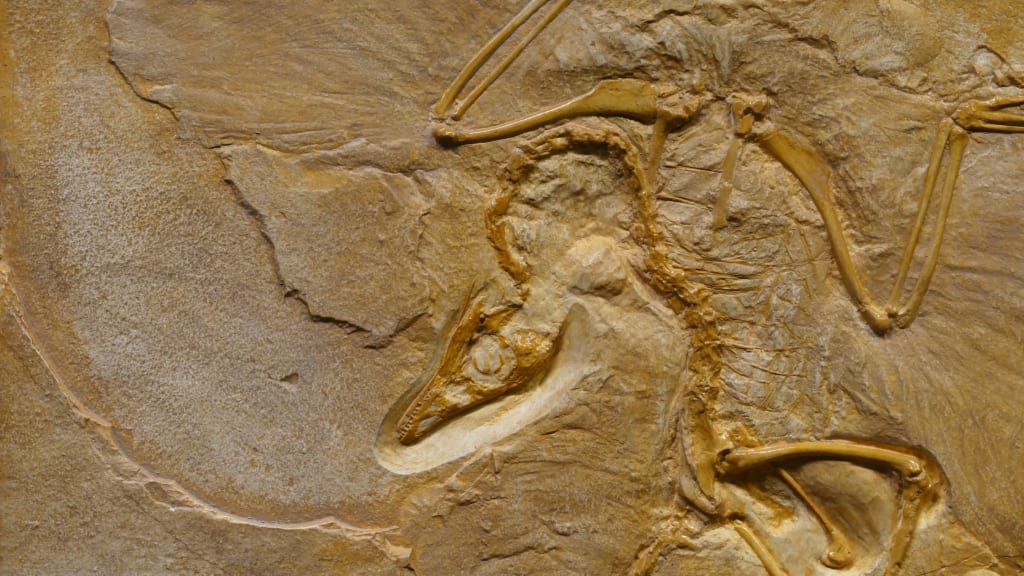Resurrected Wildlife: Species That Made a Comeback from Extinction
Could Extinct Species Make a Comeback?

Did you know that it's almost certain that each and every species will ultimately vanish? In fact, researchers accept that 99% of all creatures that have ever resided on Earth are now extinct. It's a sad reality, but perhaps extinction isn't always so permanent. With advances in biotechnology, there are a few species that are on the cusp of restoration. Let's learn about some astonishing animal groups that could potentially make a comeback.
1. Woolly Mammoth
Remember how the ice caps are melting, and we are all worried about the impending doom? Well, there might be an intriguing solution – bring back the woolly mammoth! These enormous animals could grow up to 12 feet tall and weigh 8 tons, equivalent to the weight of four and a half cars. Herds of mammoths once roamed the mammoth steppe fields that covered Europe, Asia, and North America.
Okay, we all know they are impressive, but how could these woolly wonders combat climate change? The answer lies in the icy tundra where permafrost ground remains frozen for at least two years. However, due to global warming, permafrost has begun to thaw, releasing carbon into the atmosphere, further accelerating the effects of climate change, leading to mass extinctions.
Geophysicist Dr. Sergey Zimov proposes that by transforming the tundra into a meadow-like landscape, similar to the mammoth era, we could prevent permafrost from melting. Introducing large herbivores that disturb the ground and allow for further freezing during winter could be the key. So, let's find some mammoths – it can't be that difficult, right?
2. Thylacine (Tasmanian Tiger)
Australia, home to some of the most incredible fauna on Earth, lost many species upon the arrival of European colonizers. One such species is the thylacine, also known as the Tasmanian tiger. This carnivorous marsupial once inhabited New Guinea, Australia, and South Tasmania. However, due to persecution by farmers who claimed the animal killed their livestock, the thylacine faced extinction.
Removing a top predator like the thylacine from an ecosystem has dire consequences. Without them to control diseases by hunting sick and dying animals, diseases spread unchecked, leading to devastating effects on the environment. In a process called trophic cascading, rodents and birds overgraze vegetation, leading to premature tree deaths and wildfires. Additionally, invasive species brought by Europeans multiplied uncontrollably without natural predators, further contributing to the extinction of native species.
To reverse this situation, researchers from the University of Melbourne and Research Center Tiger are working on de-extinctifying the thylacine using preserved samples. They aim to use gene editing to create a hybrid organism by inserting thylacine-like DNA into a closely related species. The goal is to rebalance the ecosystem by reintroducing these creatures to Tasmania.
3. Mountain Dwarf Possum
Imagine a trip to Mount Hotham ski resort in Victoria, Australia, where you might come across the mountain dwarf possum. This tiny creature, no bigger than your thumb, spends seven months of the year hibernating in tunnels under the snow, only waking up to eat during spring and find a mate. Unfortunately, their population is estimated to be less than 2,000 in the wild.
The construction of ski resorts has disturbed their habitat, affecting their mating practices. Additionally, the possums face predation by invasive species like wild cats and foxes, while droughts have led to a decline in bogong moths, their primary food source. With the decrease in snow cover due to climate change, their hibernation tunnels have become unstable, leading to their freezing during sleep.
To help save this adorable species, Dr. Michael Archer from the University of New South Wales is planning to relocate some mountain possums to lowland forests. By gradually releasing them into these forests and monitoring their adaptation, they hope to preserve the mountain dwarf possum population.
4. Southern Gastric-brooding Frog
Birthing can be a drag for frogs. But imagine if you could eat your eggs, develop your baby in your stomach, and then give birth through your mouth. The southern gastric-brooding frog, found in Queensland, Australia, was a unique frog species with such strange birthing practices. The mother frog would swallow her eggs, which would hatch and grow inside her stomach. Afterward, she would regurgitate the fully developed froglets.
Sadly, these fascinating amphibians went extinct in 1983, when the last captive frog died. Their extinction was likely due to deforestation, invasive species, and a deadly chytrid fungus that decimated amphibian populations worldwide.
However, there is hope for the gastric-brooding frog's return. Dr. Michael Archer and his team are attempting to clone them back to life using preserved samples. By utilizing gene editing techniques and the DNA of their closest relative, the barred frog, they aim to produce hybrid embryos that could potentially be reintroduced into their former habitats.
As we discover more about the possibilities of de-extinction, we have the opportunity to reverse some of the damage we have caused to Earth's biodiversity. Whether it's mammoths helping to combat climate change or frogs reborn through genetic techniques, the revival of these extinct species could play a crucial role in restoring our ecosystems.
So, let's support these conservation efforts and make a positive impact on the natural world. By doing so, we may preserve the incredible diversity of life on our planet for generations to come. Remember, the smallest actions can have significant consequences for our environment. Let's work together to ensure a sustainable future for all living beings on Earth.
About the Creator
Enjoyed the story? Support the Creator.
Subscribe for free to receive all their stories in your feed. You could also pledge your support or give them a one-off tip, letting them know you appreciate their work.





Comments
There are no comments for this story
Be the first to respond and start the conversation.